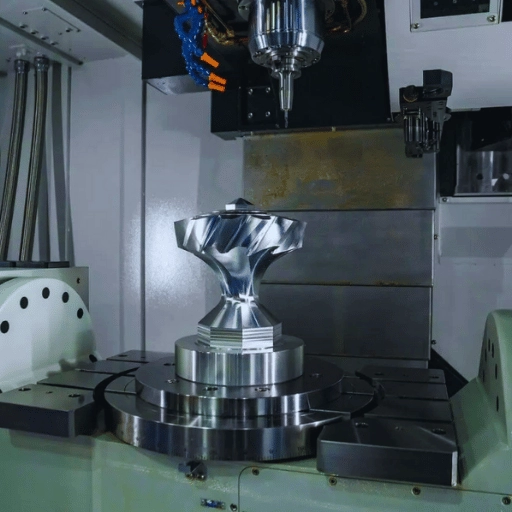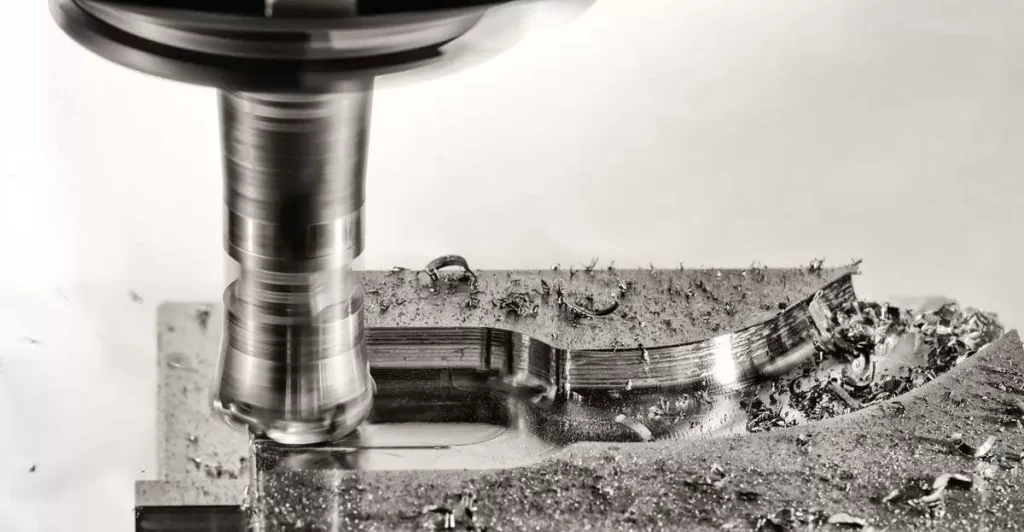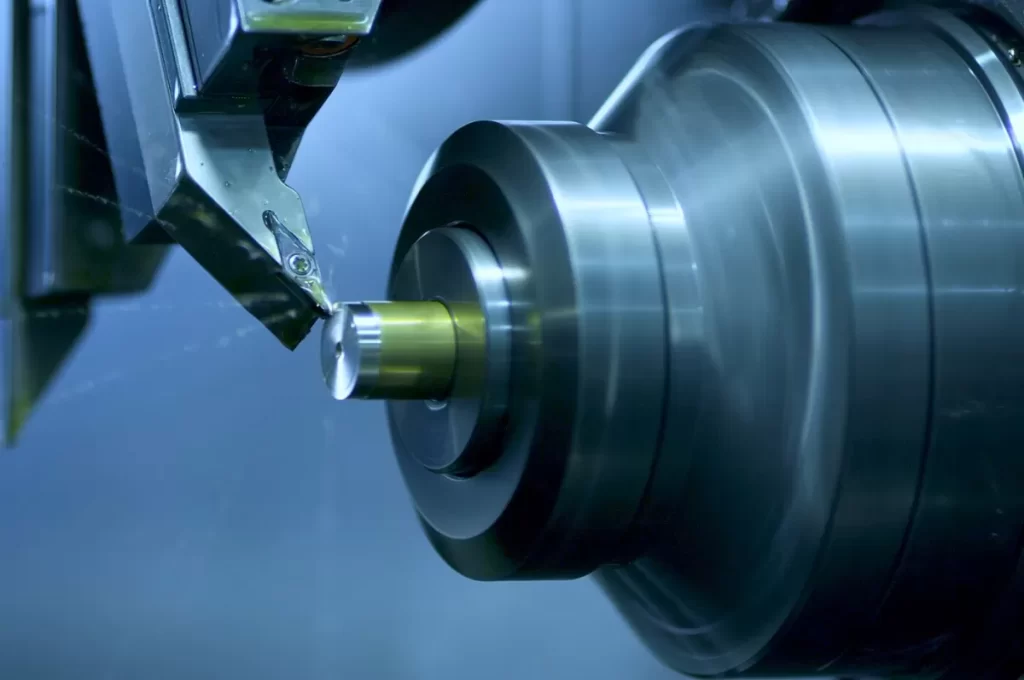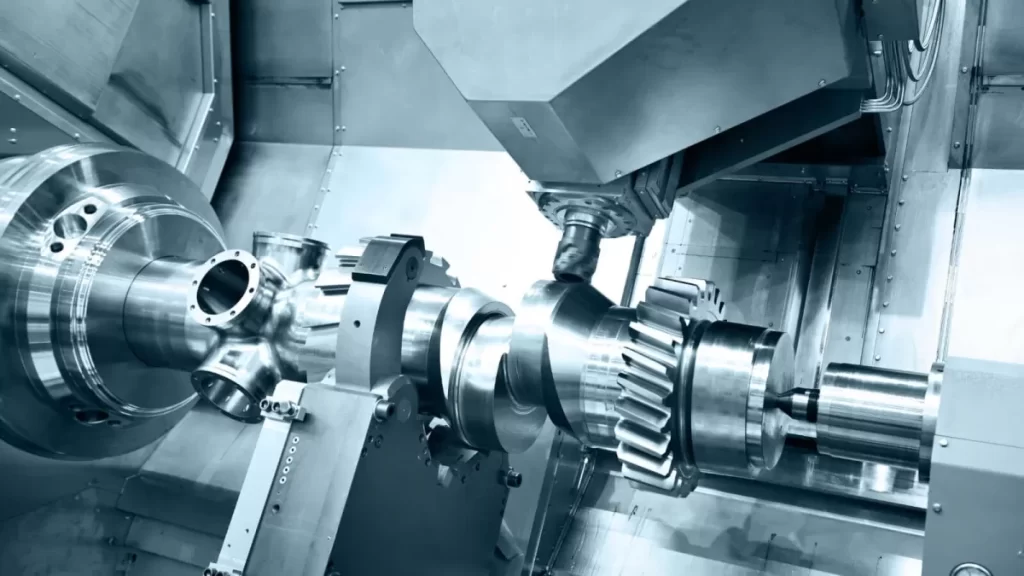What Makes a 5-Axis CNC Machine the Best
Choosing the best 5-axis CNC machine isn’t just about picking the fastest or most expensive model. It’s about finding the right balance of features that fit your specific needs and budget. Here’s what really matters:
- Precision: Accuracy is king, especially for complex parts in aerospace and medical fields where tight tolerances can make or break a project.
- Spindle Speed: Higher speeds mean smoother finishes and faster production, but you need to match this to your material type and cutting requirements.
- Work Envelope: This defines the machine’s size limits — a bigger envelope lets you handle large or multiple parts in one setup, essential for automotive or large-scale manufacturing.
- Ease of Use: Intuitive controls and simple programming reduce downtime and training costs, which is crucial for small to medium shops.
- Automation: Machines with advanced automation boost efficiency and consistency, critical for high volume production environments.
- Cost: Upfront price, plus maintenance and operational costs, directly affect your ROI, making cost-effectiveness a top priority.
Every industry has specific demands:
- Aerospace needs top-notch precision and complex geometry capabilities.
- Automotive focuses on high-volume output with consistent accuracy.
- Medical production demands tight tolerances and material biocompatibility.
Additionally, don’t overlook the importance of local support, warranty, and availability of spare parts. Quick access to service helps minimize downtime and keeps your production on track—something that can be a game changer in the US market.
Understanding these factors helps you zero in on a 5-axis CNC machine that truly fits your operation, not just what looks good on paper.
Top 5-Axis CNC Machines Compared
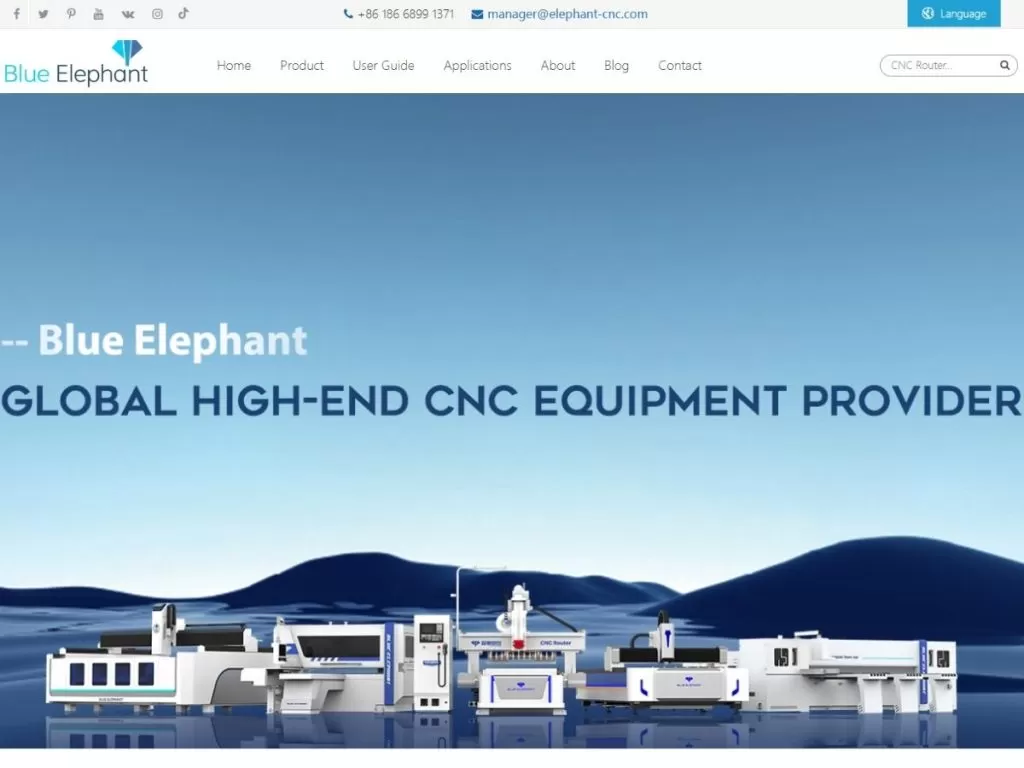
When looking at the best 5-axis CNC machines, a few models stand out for different needs and budgets. Here’s a quick rundown to help you compare.
HYCNC 5-Axis Machining Center
This machine offers a high-precision, affordable solution designed for both small to medium enterprises (SMEs) and larger manufacturers.
- Key Features: High-speed spindle, customizable work envelope, user-friendly interface
- Pros: Cost-effective, reliable after-sales support, handles diverse materials like stainless steel, titanium, and plastics
- Cons: Less brand recognition compared to major global players
- Best For: Small to mid-sized shops needing value without giving up on precision
Haas UMC-750
Built in the USA and well-known for affordability and ease of use, this machine is a solid choice for many.
- Key Features: Tilting rotary table, intuitive Haas control system, compact footprint
- Pros: Budget-friendly, wide service network, beginner-friendly
- Cons: Smaller work envelope, not ideal for very heavy-duty jobs
- Best For: Automotive parts, mold making, and small aerospace components
DMG MORI DMU 50
A German-engineered powerhouse, this machine is built for high precision and complex tasks.
- Key Features: Exceptional accuracy, advanced CELOS HMI, modular spindle options
- Pros: Extremely precise, strong automation features, handles heavy parts well
- Cons: Higher price point, steeper learning curve for programming
- Best For: Aerospace, tool and mold making, large-scale production
Mazak VC-500A/5X
Innovative and versatile, this hybrid machine combines additive and subtractive manufacturing processes.
- Key Features: Hot wire deposition, fast lead times, superior accuracy
- Pros: Cutting-edge hybrid technology, reduced setup time, excellent surface finish
- Cons: Premium pricing, requires experienced operators
- Best For: Medical implants, automotive prototypes, high-performance parts
Penta Machine Solo
A compact desktop 5-axis machine, great for startups and prototyping.
- Key Features: Servo-driven axes, web-based software, works with plastics up to titanium
- Pros: Affordable, portable, easy-to-use software
- Cons: Limited to smaller parts, not ideal for heavy production
- Best For: Rapid prototyping, small-scale runs, educational use
Each of these machines brings unique strengths depending on your production volume, complexity, and budget, making it easier to pick the right fit for your shop.
Feature by Feature Comparison Table
Here’s a quick look at how the top 5-axis machines stack up across key specs:
| Machine | Sp Speed (RPM) | Work Envelope (in) | Precision (µm) | Automation | Price Range | Support & Warranty |
|---|---|---|---|---|---|---|
| HYCNC 5-Axis | Up to 20,000 | Customizable (Small to Large) | ±5 | Basic to Advanced | $$ (Cost Effective) | Strong local support, flexible warranty, easy spare parts access |
| Haas UMC-750 | Up to 12,000 | 30 x 20 x 20 | ±10 | Moderate | $ (Affordable) | Extensive US service network |
| DMG MORI DMU 50 | Up to 24,000 | 31 x 25 x 20 | ±3 | Advanced | $$$$ (Premium) | Exceptional, global support |
| Mazak VC-500A/5X | Up to 12,000 | 40 x 20 x 20 | ±4 | Hybrid (Additive + Subtractive) | $$$$ (Premium) | Specialized, skilled operator support |
| Penta Machine Solo | Up to 15,000 | 16 x 10 x 10 | ±15 | Basic | $ (Entry-level) | Limited, mostly online support |
HYCNC Competitive Edge
HYCNC stands out in a few important ways:
- Cost Efficiency: Offers a balance of high precision and customizable options without premium pricing, making it ideal for both small shops and larger manufacturers.
- Customization: Flexible work envelope sizes and spindle speeds tailored specifically to client needs.
- Local Support: Robust after-sales service and fast access to spare parts within the U.S., reducing downtime.
- Scalability: Suitable for diverse industries—from aerospace to automotive—thanks to customizable automation and high reliability.
If you want a detailed look into how 5-axis CNC machines tackle complex parts, check out our guide on why 5-axis CNC for complex parts for more insights.
How HYCNC Stands Out in 5-Axis CNC Machining
HYCNC stands out by offering cost-efficient 5-axis CNC solutions tailored to fit diverse industry needs. Their machines balance precision and affordability, making advanced machining accessible for both small businesses and large manufacturers. What sets HYCNC apart is their strong customer support, with responsive service and easy access to spare parts, which is crucial for minimizing downtime.
A solid example is their work with clients in automotive and aerospace sectors, where HYCNC helped boost production speed while cutting operating costs. This combination of faster turnaround and cost savings is why many turn to HYCNC for complex 5-axis projects.
HYCNC also integrates modern technology effectively. Their machines support CAD/CAM software, ensuring smooth design-to-production workflows. Plus, real-time monitoring lets customers track jobs live, improving efficiency and quality control. These features show HYCNC’s commitment to delivering reliable, state-of-the-art 5-axis CNC machining tailored for the U.S. market.
For more on why 5-axis CNC is essential for complex parts, check out why 5-axis CNC for complex parts.
Choosing the Right 5-Axis CNC Machine for Your Needs
Picking the right 5-axis CNC machine comes down to a few key factors:
- Budget: Know how much you’re willing to invest. Higher-end machines often bring more precision and features but at a premium price.
- Part complexity: If you’re working with intricate designs or complex geometries, you need a machine that handles those details well.
- Production volume: For large runs, look for machines with automation and fast cycle times. Smaller shops may prioritize flexibility over speed.
- Material requirements: Different machines perform better with certain materials like stainless steel, titanium, or plastics.
For small and medium-sized businesses (SMEs), ease of use and reliable local support are crucial. That’s where HYCNC shines. Their machines come with user-friendly interfaces and strong after-sales service, making day-to-day operations smoother.
You might pick HYCNC over bigger names when your project is cost-sensitive but still needs precision, or when you require tailored solutions for unique applications. Their focus on customization and solid support fits well for companies wanting a balance between performance and affordability.
For more insights on complex parts manufacturing, check out our guide on why 5-axis CNC is ideal for complex parts.
Future Trends in 5-Axis CNC Machining
The future of 5-axis CNC machining is shaping up with some exciting new technologies. Machine learning and adaptive toolpaths are making machines smarter, allowing them to adjust cutting in real-time for better precision and efficiency. Hybrid manufacturing, which combines additive and subtractive methods, is gaining traction, especially for complex parts that need both building up and machining. Integration with the Industrial Internet of Things (IIoT) is also becoming standard, enabling real-time monitoring and predictive maintenance to reduce downtime.
The market for 5-axis CNC machines is growing fast, with projections hitting $15 billion by 2027. This growth is driven largely by aerospace and automotive sectors demanding more complex, high-precision parts in larger volumes.
HYCNC is at the forefront of these trends, investing heavily in smart machining technologies and sustainable practices. By focusing on innovation, HYCNC helps manufacturers improve production speed, cut costs, and reduce environmental impact, making them a strong partner for companies looking to stay ahead in high-precision manufacturing.
For those curious about why 5-axis CNC is the right choice for complex parts, check out this detailed guide on why 5-axis CNC for complex parts.

